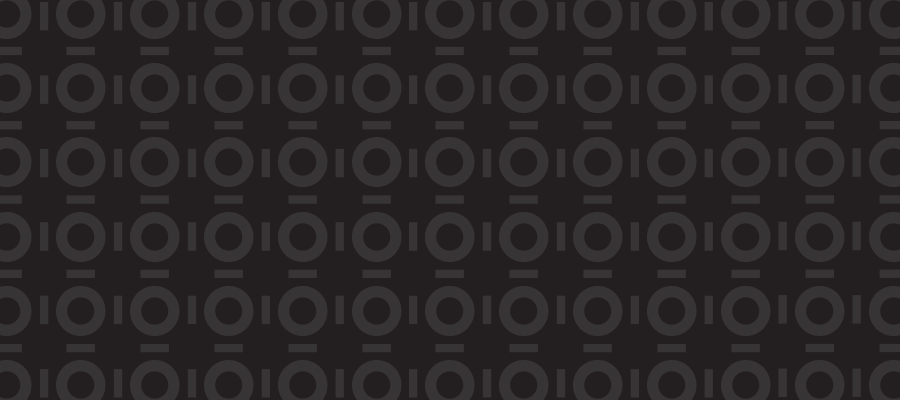COVID-19 is upending the traditional higher education model. Institutions have been forced to rapidly adopt online learning, redefine their campus experience, and address enrollment and expenses amid declines in state aid and increased calls for lower tuition.
To understand how institutions are adapting their marketing to the current environment, Kivvit analyzed the Facebook advertising of 416 U.S. higher education institutions between March 12 and May 19. Advertising data was obtained from Pathmatics, a company that tracks digital advertising.
We reviewed spending data, content from the largest campaigns, as well as Kivvit’s own internal ad performance to identify the major themes shaping higher education advertising in the age of COVID-19.
Against this backdrop, Kivvit has discovered both an opportunity—and an imperative—for institutions to actively market and differentiate themselves during this time.
This report was co-authored by the team of Principal Shea Savaria, Digital Principal Claudia Dodge, and Chief Innovation Officer Zach Silber who lead and support several of Kivvit’s higher education campaigns across the United States
“The reality for institutions taking their foot off the gas on advertising is that they are missing an opportunity to stay visible and differentiate themselves at a time when their competitors are accelerating their own marketing and when the data is showing that audiences are engaging with these ads,” Silber said. “In particular, the magnitude of spending by for-private and online-only universities really stands out. These entities appear to have deliberately ramped up marketing to capitalize on the opportunity created by uncertainty around and limitations of traditional on-campus learning during shutdowns.”
“Many institutions are being forced to do more with less,” said Savaria. “But based our research, our internal data and our vast experience in the higher education industry, prioritizing digital advertising enables these institutions to continue raising brand awareness and engaging with prospective applicants while remaining nimble and maximize the impact of their resources. Digital advertising is highly-efficient because you can target audiences very precisely with content that resonates with individual segments of your prospects, and you get full transparency into what strategies are producing a return on your investment.”
“Digital analytics provide extraordinary transparency to higher education marketers about which content is performing or not,” said Dodge. “So we don’t think it’s coincidental that with uncertainty surrounding the future of in-person learning that our report found institutions are deemphasizing ads depicting campuses. While the campus experience can be a key differentiator for an institution, our research found that the plurality of ads are firmly grounded in the current moment. For example, career advancement being the top message conveyed in ads which reflects the fact that job security is top of mind for so many people.”
Read more in University Business: https://universitybusiness.com/report-covid-19-prompts-colleges-to-invest-in-digital-marketing/
Use the Contact button to get a copy of the report on digital advertising trends in the age of COVID-19.




